How to Seal Rattan Furniture: Lasting Protection with Natural Style
Chosen Theme: How to Seal Rattan Furniture. Welcome to your friendly guide for preserving woven beauty, boosting durability, and keeping rattan comfortable to the touch without losing its breezy charm.
Prep First: The Essential Start to Sealing Rattan
Deep Clean Without Soaking
Vacuum dust from every groove, then wipe with a barely damp microfiber cloth and mild soap. Avoid saturating fibers, since trapped moisture can swell strands and push out sealer later, causing haze, clouding, or uneven sheen across curved arms and tight weaves.
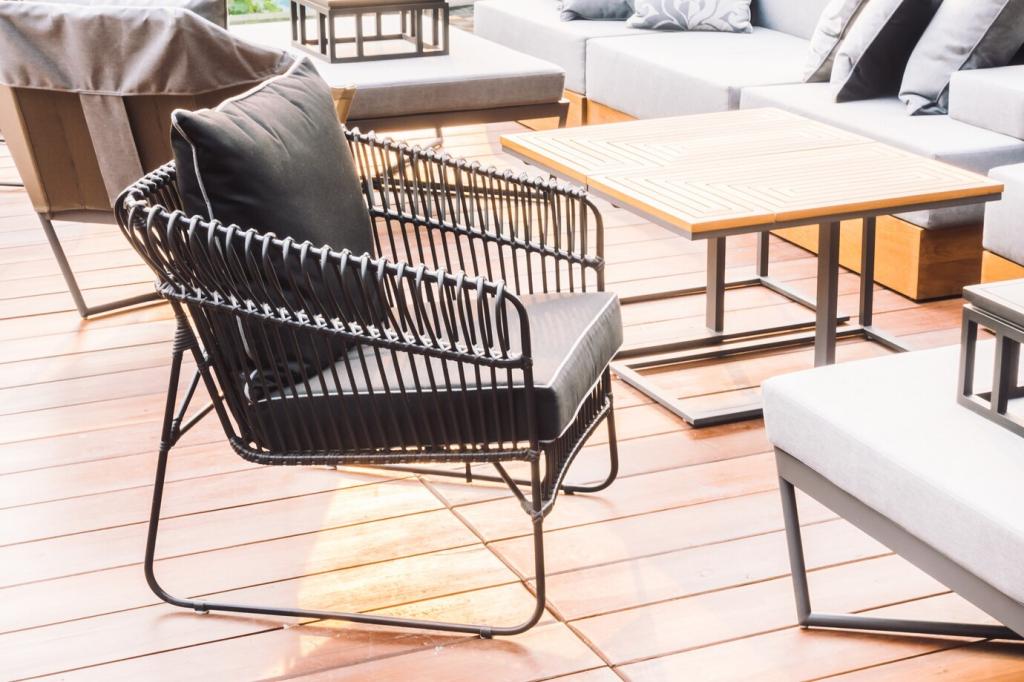
Choose Your Sealer: Matching Finish to Rattan’s Flex
Great for indoor pieces and covered porches, water-based poly dries fast, smells less, and resists yellowing. Thin, multiple coats keep the weave supple while sealing fibers against fingerprints and spills without losing that airy, natural color you fell in love with.


Brush with Control
Use a synthetic brush for water-based products and a natural-bristle brush for oil-based finishes. Work from top to bottom, rotating the piece as you go. Tap the brush to unload into crevices, then feather back to prevent ridges along the cane intersections.
Spray for Even Coverage
Aerosol exterior acrylic or HVLP spraying lays ultra-thin coats that hug every curve. Keep the nozzle moving to avoid sags, and make two light passes instead of one heavy coat. Spraying shines for dense patterns where brushes miss hidden valleys.
Wipe-On for Penetrating Oils
Apply oil with a lint-free cloth, massaging along the grain and around the bindings. After 20–30 minutes, wipe off excess to avoid sticky residue. Repeat light applications until the surface resists moisture and shows a gentle, even luster.
Timing, Environment, and Curing
Aim for 60–80°F (16–27°C) with humidity below 60%. Avoid direct sun and wind, which flash-dry the surface and trap solvents beneath. Shade and gentle airflow let the finish level across woven peaks and recesses without forming rough, pebbly texture.
Timing, Environment, and Curing
Plan three to four thin coats for urethanes, with 2–4 hours between water-based coats and 12–24 hours for oil-based. Lightly scuff with 320–400 grit between coats to knock down nibs, then dust thoroughly so particles do not lock into the weave.
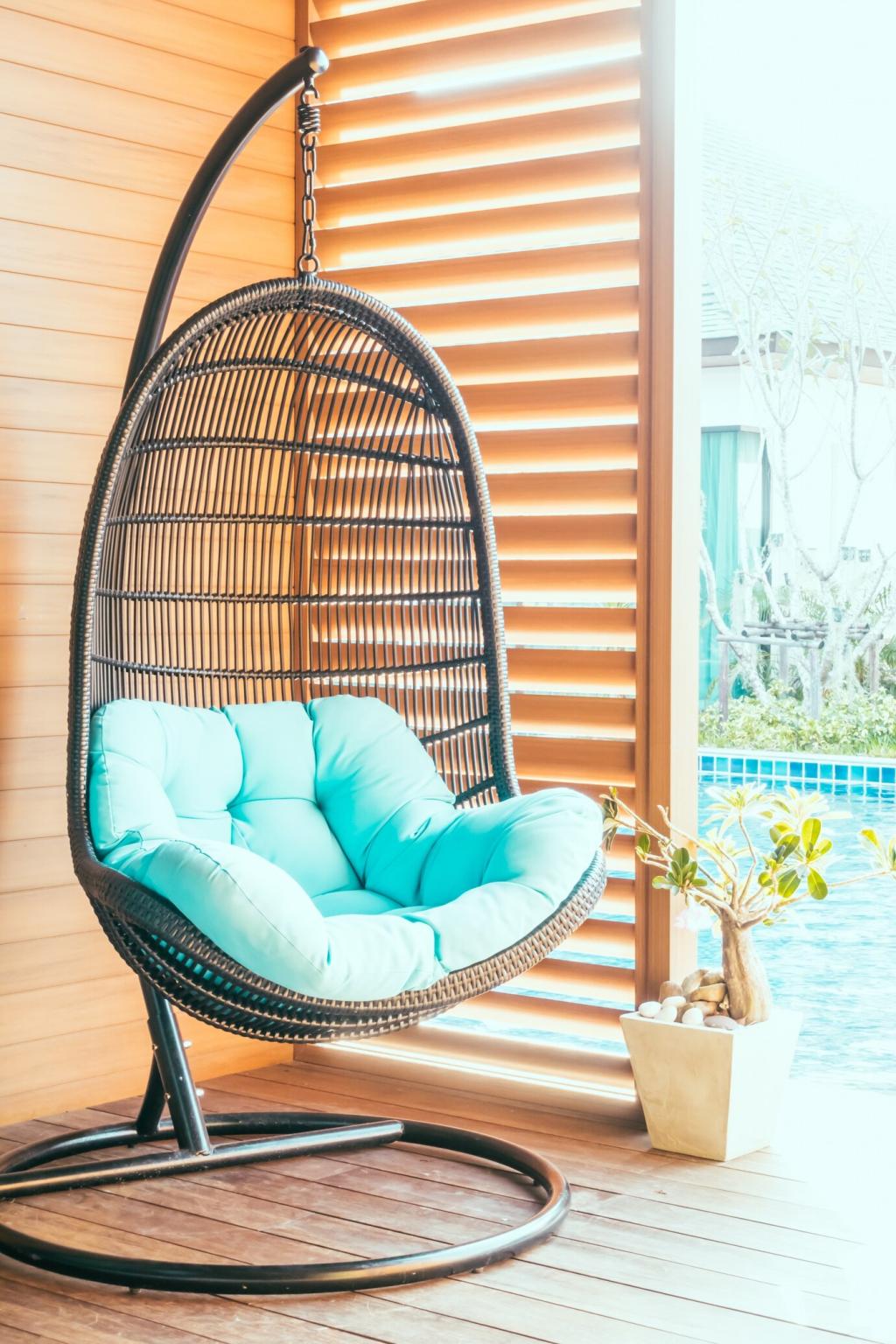
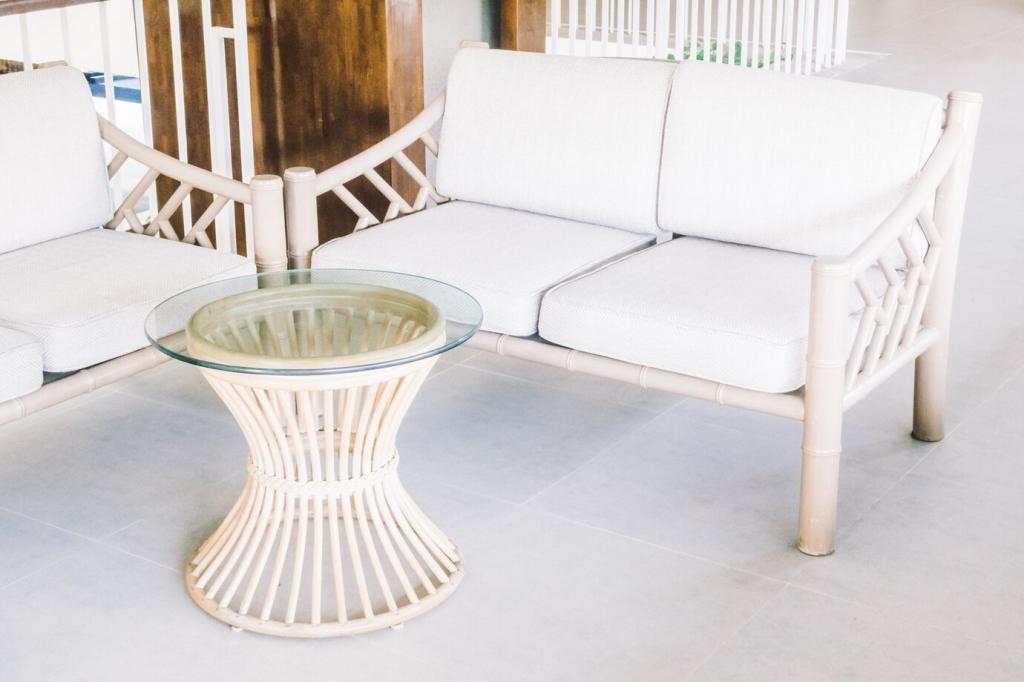
Clean Light, Clean Right
Skip pressure washers and harsh chemicals. Dust weekly, then wipe with a slightly damp cloth and mild soap. Dry immediately with a towel, chasing moisture from joints and underside rails so water never sits in the weave where it can lift finish.
Seasonal Inspections
In spring and fall, look for dull spots, scuffs on armrests, or whitening in tight curves. These areas want quick touch-ups. Spot-seal thin zones before the weather shifts, and your main finish can last years without a full sand-back.
Refresh Coats, Minimal Effort
For outdoor rattan, apply a maintenance coat every 12–18 months, quicker in harsh sun. A light scuff and one thin coat restore clarity and repel moisture, keeping the weave flexible and the color warm through changing seasons.
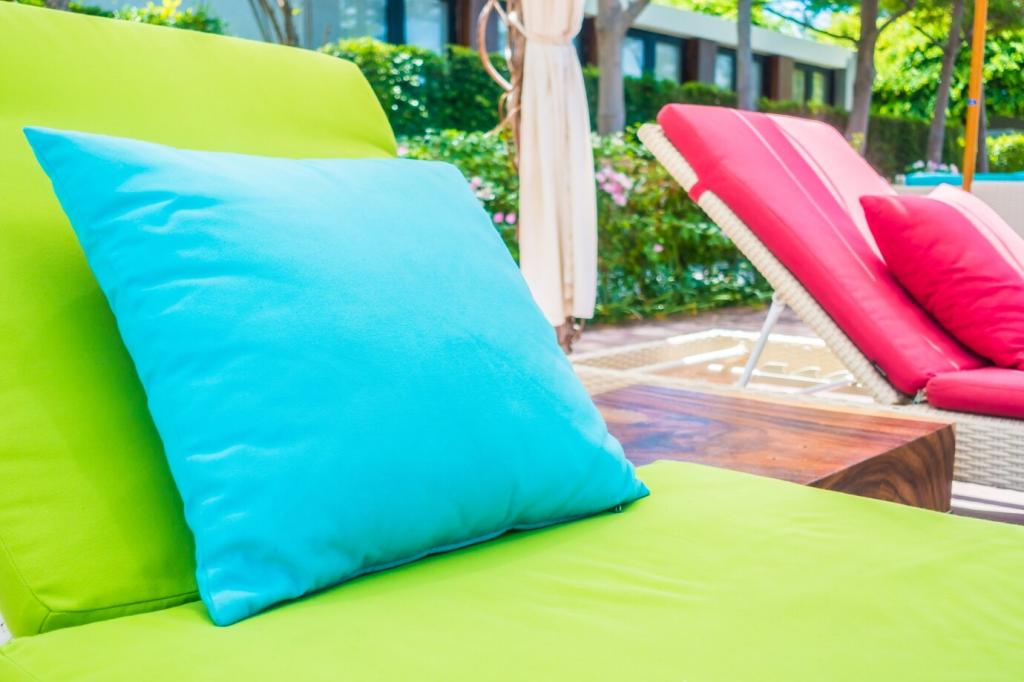
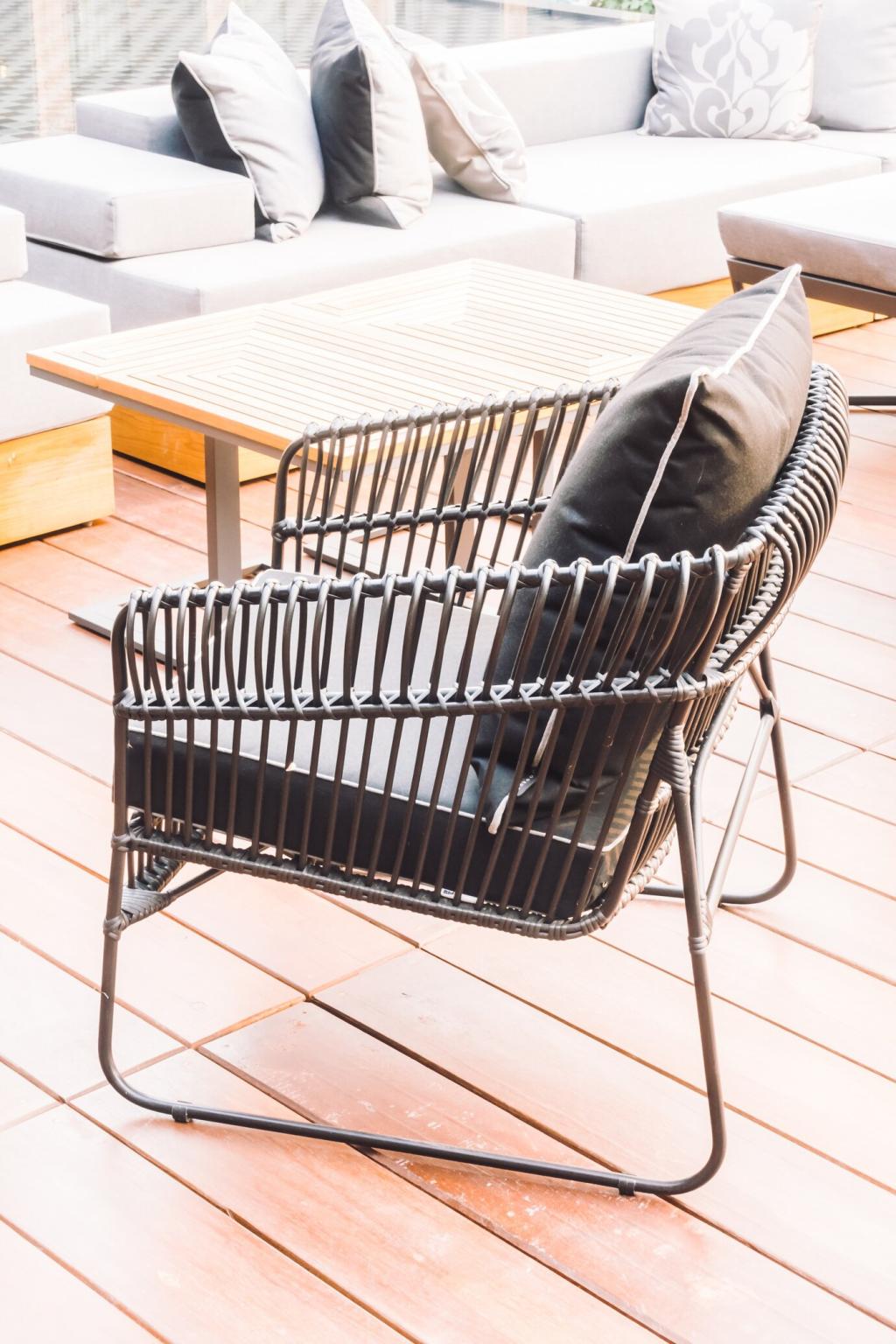
A Porch Story: Saving a Heirloom Rocker
Claire’s grandmother’s rattan rocker lived on a covered porch, dulled by sun and spills. She vacuumed out dust bunnies, re-glued two lifted strands, and feather-sanded glossy patches. The prep alone made the woven diamonds look sharper, like lines rediscovered.
A Porch Story: Saving a Heirloom Rocker
She chose a water-based exterior polyurethane for clarity under porch shade. Three whisper-thin coats, with light scuffs between, settled evenly into the cane. No drips, no sticky corners—just a gentle satin glow that did not overpower the honeyed color.
Avoid These Common Mistakes
Heavy coats pool in weave recesses and dry as glossy ridges that crack. Always thin your approach: more light passes outperform one ambitious layer, especially where intersections create tiny cups that collect excess finish.
Avoid These Common Mistakes
Unsealed bottoms and interior angles wick moisture and invite peeling edges. Flip the piece between coats, elevating feet on blocks. Seal the tips, bindings, and hidden joints so protection is continuous from top rails to base curves.

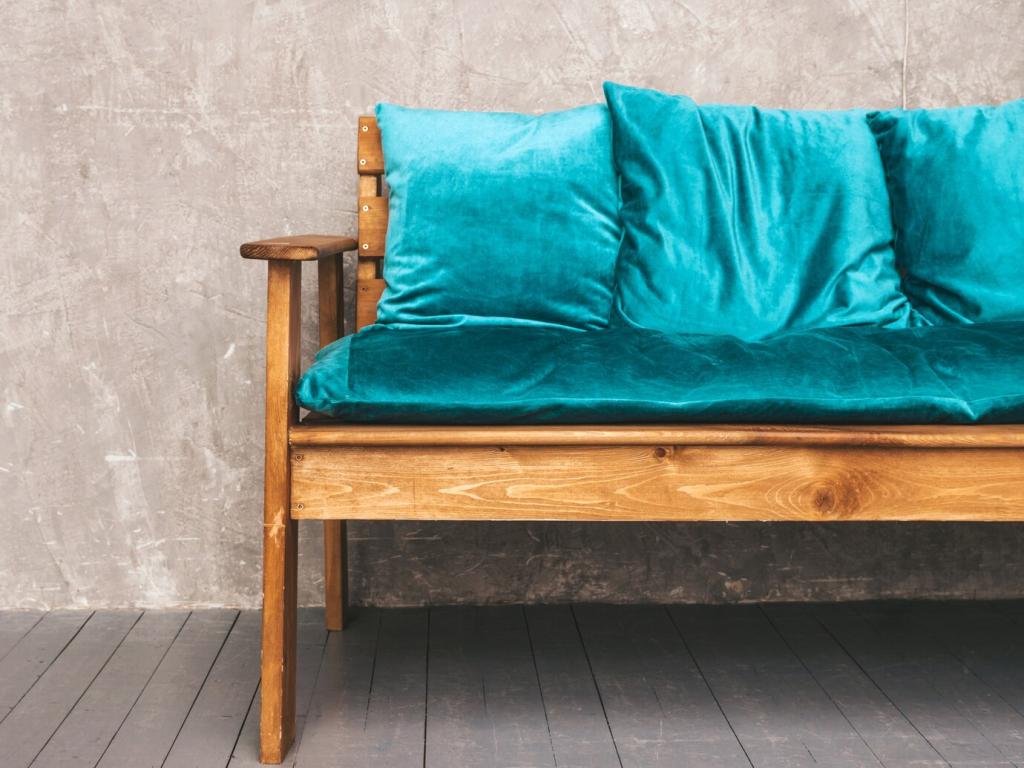
Eco, Safety, and Smart Supplies
Choose low-odor, low-VOC water-based sealers for indoor projects, especially in small spaces. They clear up with soap and water, reduce fumes, and keep the rattan’s natural color true without the amber shift of many oil-heavy products.
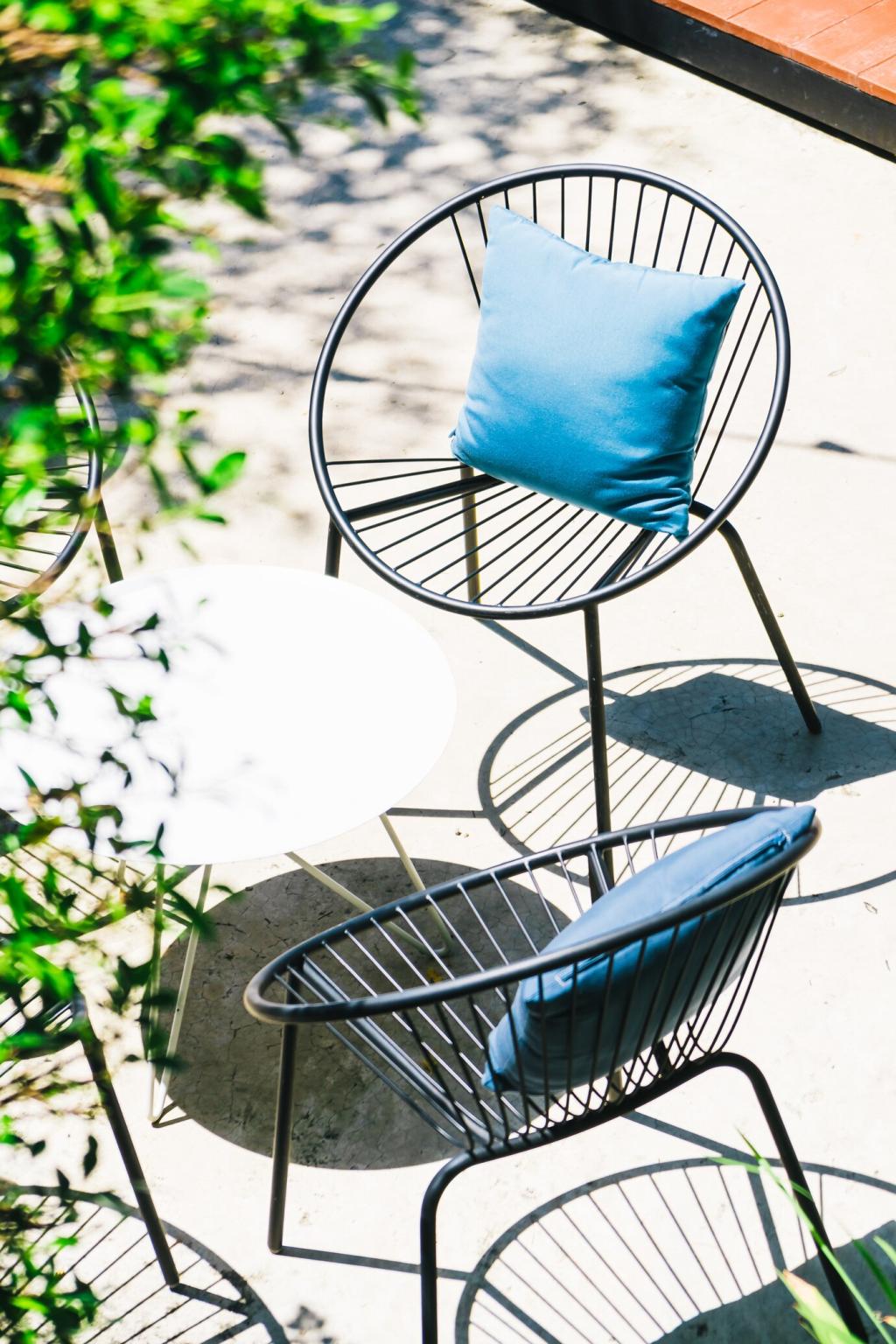
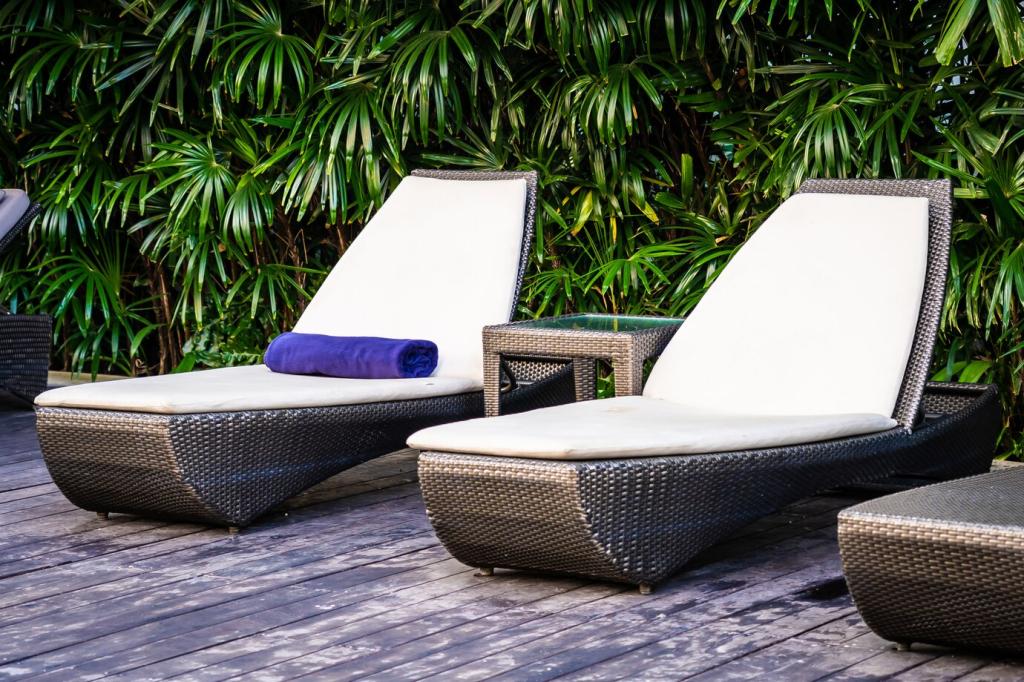
Eco, Safety, and Smart Supplies
Oil-soaked rags can self-ignite. After applying tung or Danish oil, lay rags flat to dry outdoors or submerge in a sealed metal container filled with water. Never bunch them in a bin where heat can build unseen.
